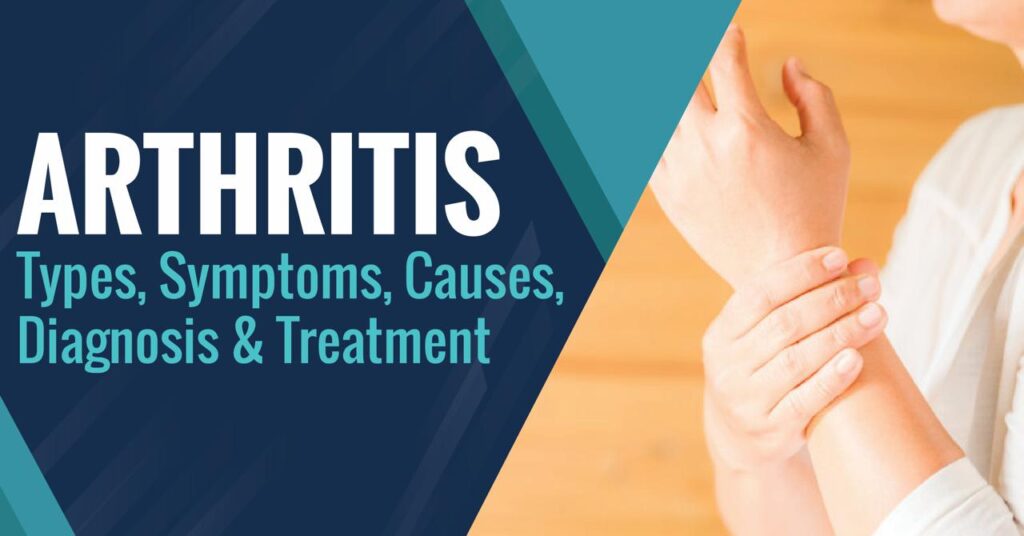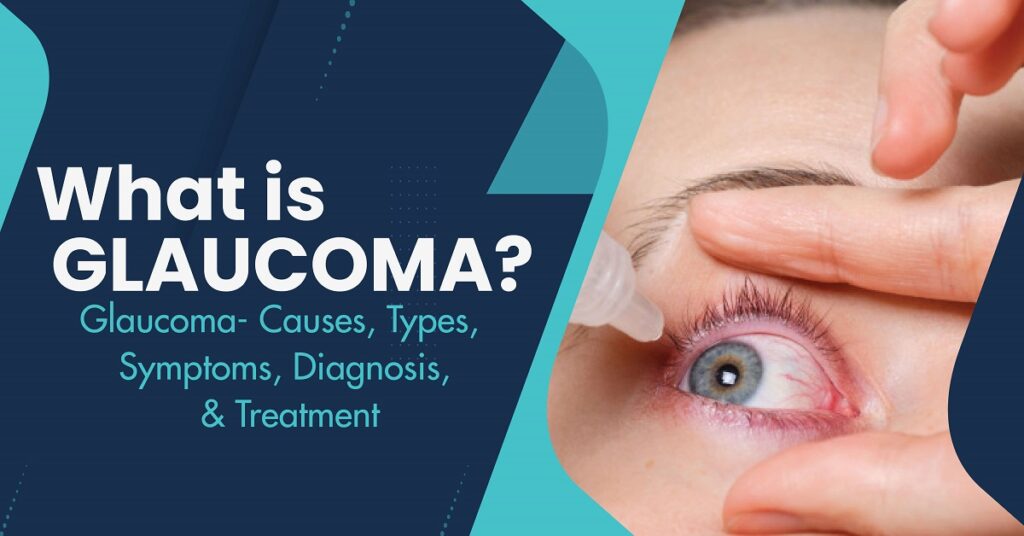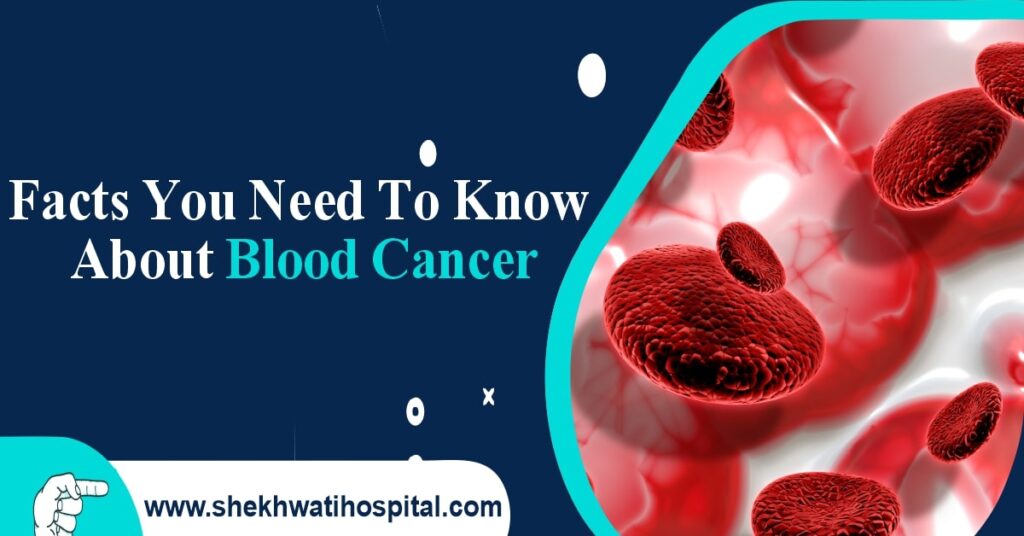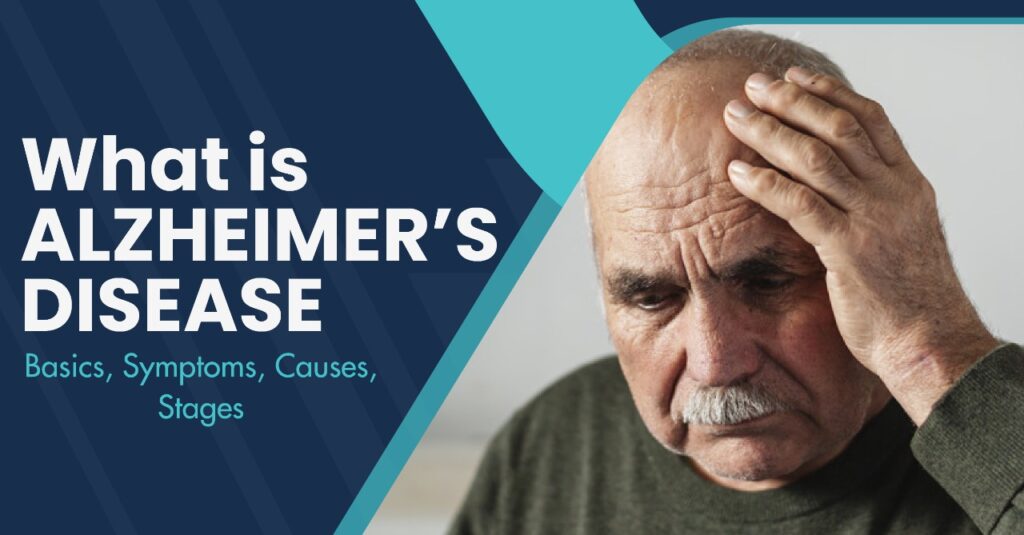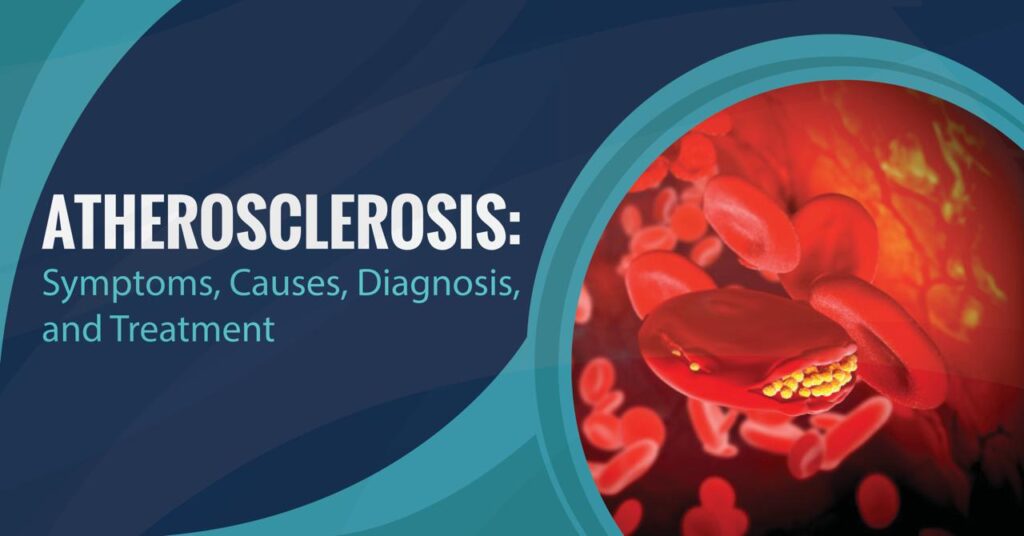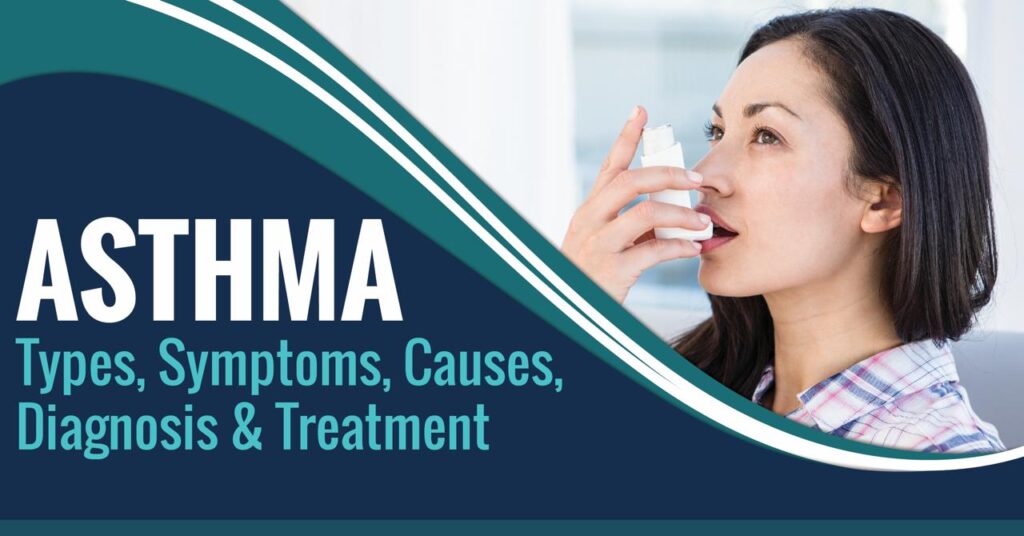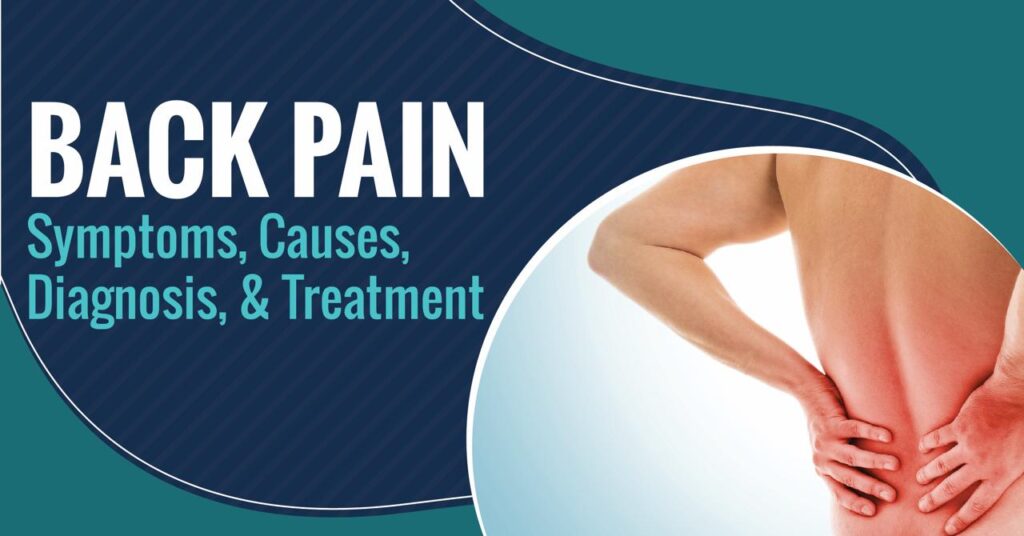Arthritis is a common disease mostly affecting older and adults. It usually affects your joints by causing pain and inflammation. It can develop in both men and women, and in children of any age. Let’s understand in detail.
What is Arthritis?
Arthritis is a common disease of inflammation of the joints. It can affect one or multiple joints. There are various types of arthritis, with different causes and conditions. Some common types are osteoarthritis (OA) and rheumatoid arthritis (RA).
The symptoms of arthritis may also appear suddenly or usually develop over time. Arthritis is commonly seen in adults and old age, but it can also develop in children, teens, and younger adults. It is most commonly seen in women than men and in people who are overweight.
Arthritis may cause permanent joint changes. And these changes are quite visible in the body, like knobby finger joints, but often the damage can only be seen on X-ray. Some types of arthritis also affect the lungs, kidneys, heart, eyes, and skin, most importantly the joints.
Arthritis is very common in the areas of the body below:
- Feet
- Knees
- Hands
- Hips
- Lower back
Types of Arthritis
There are five common types of arthritis:
- Osteoarthritis: Osteoarthritis is considered to be the most common type of arthritis. It includes “wear and tear” damage to the joint’s cartilage (the hard, slick coating on the ends of bones where they form a joint). Cartilage helps to protect the ends of the bones and allows nearly frictionless joint motion, but enough damage may result in bone grinding directly on bone, which causes pain and restricts movement.
- Symptoms:
- Deep, aching pain.
- Having some trouble in combing hair, dressing, gripping things, bending over, squatting, or climbing stairs, depending on which joints are involved.
- Morning stiffness typically lasts less than half-hour.
- Pain when walking.
- Stiffness after resting.
- Symptoms:
- Rheumatoid Arthritis: Rheumatoid arthritis is the most painful type of arthritis; it can affect joints as well as other surrounding tissues, including organs. This inflammatory and autoimmune disease attacks healthy cells by mistake, causing painful swelling in the joints, like hands, wrists, and knees. This tissue damage can cause chronic, loss of balance, long-lasting pain, or physical changes and affect surrounding tissues, like the lungs, heart, or eyes.
- Symptoms:
- Pain, swelling, and stiffness in elbows, shoulders, hands, wrists, feet, jaw, and neck.
- It usually affects multiple joints.
- More than one swollen joint.
- Morning stiffness can last for an hour or even for the whole day.
- Symmetrical pattern.
- Symptoms:
- Psoriatic Arthritis: People with this condition have inflammation of the skin (psoriasis) and joints (arthritis) that’s why it is called Psoriatic Arthritis. Psoriasis arthritis causes patchy, raised, red, and white areas of inflamed skin with scales. It mainly affects the tips of the knees, the elbows, the navel, the scalp, and skin around the genital areas or anus.
- Symptoms:
- Swelling in the fingers and toes.
- Fingernails are pitted or discolored, too.
- It usually affects one or a few joints.
- Symptoms:
- Lupus: Lupus is like rheumatoid arthritis as it is an autoimmune and inflammatory arthritic disease. But it is different in other means, this type of arthritis can last for a long time and is also triggered when the body’s immune system begins to attack healthy, normal tissue. This inflammation and swelling can cause damaged joints, kidneys, and even blood.
- Symptoms:
- Headaches, fatigue.
- Painful, swollen joints.
- Swelling in the hands, legs, or around the eyes.
- Mouth sores.
- Sun sensitivity.
- Hair loss.
- Rashes, across the cheeks.
- Chest pain.
- Symptoms:
- Gout: Gout is also one of the most painful types of arthritis caused by a buildup, overflow, or inability to process uric acid. In this the symptoms come on quickly and acutely, starting on your big toe. These arthritis attacks can last from 3 -10 days but can occur months or maybe years apart. Left unmanaged, the problem of gout can become more severe, may occur more frequently, and may damage your joints and kidneys.
- Symptoms:
- Intense joint pain in the toe, ankles, knees, elbows, wrists, or fingers.
- Inflammation and redness in the joints.
- Hard to move.
- Symptoms:
What are the Symptoms of Arthritis?
The symptoms may vary from person to person. But if you think that you have arthritis, you will almost certainly have symptoms relating to your joints, such as:
- Pain in the joints, fingers, hands, ankle, back, muscles, neck, or wrist
- Swelling in a joint
- Redness and warmth in a joint
- Redness of the skin around the joint.
- Stiffness or reduced movement of a joint
- Decreased range of motion
- Difficulty walking
You Can Read Also: What Is Atherosclerosis?
Most of the people who had arthritis notice their symptoms are worse in the morning. Some people also get other problems outside the joints. Other common symptoms include:
- Tiredness
- Weight loss
- Feeling unwell
- Fatigue
What Causes Arthritis?
The causes of various forms of arthritis are not fully known. Most types of arthritis are thought to be caused by a discontinuous immune system that causes the body to attack its tissues in the joints. This may be inherited genetically.
Other types of arthritis are often caused by problems with the immune system or by a metabolic condition, like gout.
Some environmental factors that may contribute to the development of osteoarthritis include:
- Obesity, which puts added strain on joints
- Activities that involve repetitive movements of a specific joint
- Previous damage to a joint, like from a sports injury
- You are also more likely to develop arthritis if you smoke and if you do not do enough physical activity.
Arthritis caused by an infection is named ‘reactive arthritis’. it is very difficult to diagnose and can develop at any age, but is more commonly seen in younger people. Reactive arthritis can last between a couple of weeks to six months.
Risk factors of Arthritis
Certain risk factors are associated with arthritis:
- Non-modifiable arthritis risk factors:
- Age: the risk of developing most forms of arthritis increases with age.
- Sex: arthritis is more common in females, and almost 60 percent of all people with arthritis are female. But Gout is more common in males than females.
- Lifestyle: the risk of arthritis is dependent upon the lifestyle. Lack of exercise and bad habits like smoking, drinking can increase your risk of arthritis.
- Genetic factors: specific genes are associated with a higher risk of certain kinds of arthritis, like rheumatoid arthritis (RA), systemic lupus erythematosus (SLE).
- Modifiable arthritis risk factors:
- Overweight and obesity: excessive weight can directly contribute to both the onset and progression of knee osteoarthritis.
- Joint injuries: damage to a joint can contribute to the growth of osteoarthritis in the joint.
- Infection: many microbial agents can infect joints and trigger the development of various types of arthritis.
- Occupation: various occupations that include repetitive knee bending and squatting are related to osteoarthritis of the knee.
How is Arthritis Diagnosed?
Depending on the type of arthritis suspected in your body, doctors may suggest some of the diagnostic tests for the diagnosis of arthritis.
- Laboratory Tests: The analysis of various forms of body fluids can help pinpoint the type of arthritis you may have. Fluids will be analyzed including blood, urine, and joint fluid. To get a sample of the joint fluid, the doctor will cleanse and numb that part before inserting a needle in your joint space to withdraw some fluid.
- Imaging: This is used to detect problems within your joint that may be causing your symptoms.
- X-Rays: A radiograph (x-ray) uses a low dose of radiation to form images of internal structures. X-rays show the structure of the bones and the way they interact with each other at the joints. they’re useful to evaluate the amount of cartilage at the ends of the bones, deformities and underlying conditions within the bones that may cause arthritis, and changes in the bones that may be damaged from arthritis.
You Can Read Also: WHAT IS ALZHEIMER’S DISEASE?
- Computerized tomography (CT): In this, the scanners take the X-rays from different angles and combine the information to create cross-sectional views of internal structures. It can visualize both- the bone and the surrounding soft tissues.
- Magnetic resonance imaging (MRI): Magnetic resonance imaging (MRI) is a combination of radio waves and a strong magnetic field. It can produce more detailed cross-sectional views of soft tissues such as cartilage, tendons, and ligaments.
- Ultrasound: The last test is ultrasound in which high-frequency sound waves are used to image soft tissues, cartilage, and fluid-containing structures near the joints. Ultrasound is also used to guide the needle placement for joint aspirations and injections.
Complications of Arthritis
Possible complications of arthritis are:
- A rapid, complete breakdown of cartilage leading to loose tissue material in the joint
- Bone death (osteonecrosis).
- Fractures (hairline crack within the bone)
- Bleeding inside the joint.
- Infection in the joint.
- Deterioration of the tendons and ligaments around the joint, resulting in the loss of stability.
- Pinched nerve.
- Premature heart disease- higher risk for developing other chronic diseases such as heart disease and diabetes.
- Obesity
- Rheumatoid arthritis RA can make work difficult.
Treatments of Arthritis
There’s no cure for arthritis, but some treatments can help you control the condition. Your treatment of arthritis will depend on the severity, its symptoms, and your overall health.
- Medications: The medications may vary depending on the type of arthritis you have. Commonly used arthritis medications include:
- Painkillers: Painkillers are generally used to reduce pain. But they do not affect inflammation.
- Counterirritants: Some kinds of creams and ointments contain menthol or capsaicin. rubbing these preparations on the skin over your joints may interfere with the transmission of pain signals from the joint itself.
- Nonsteroidal anti-inflammatory drugs (NSAIDs): It is used to reduce body pain and inflammation.
- Disease-modifying antirheumatic drugs (DMARDs): These drugs are used to treat rheumatoid arthritis, they slow or stop your immune system from attacking your joints.
- Biologic response modifiers: Normally used in conjunction with Disease-modifying antirheumatic drugs DMARDs, biologic response modifiers are genetically engineered drugs that focus on various protein molecules that are involved in the immune response.
- Corticosteroids: It reduces inflammation and suppresses the immune system. These drugs can be taken orally as prescribed or can be injected directly into the painful joint by professionals.
- Therapies: Physical therapy can be helpful in arthritis. Exercises can improve health and improve range of motion and strengthen the muscles surrounding joints.
- Surgery: If the therapies and medications could help then the last option is to treat arthritis is surgery.
- Joint Repair: This type of procedure can be performed arthroscopically through small incisions over the joint.
- Joint Replacement: In this method, your damaged joint is replaced with the artificial one. Mostly hips and knee joints have been replaced.
- Joint Fusion: Joint fusion can be used for smaller joints, such as those in the wrist, ankle, and fingers. It removes the ends of the two bones in the joint and then attached those ends until they heal into one rigid unit.


